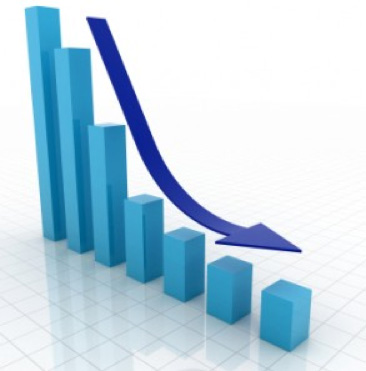November 20, 2018
by Rahul Mital, project and supply chain management specialist
An impact analysis assessment is a process used to determine the potential profit that companies can expect from global logistics and supply chain management and other initiatives. The assessment looks at potential return on investment (ROI), and therefore is one of the most critical factors to consider when deciding whether to move ahead with a project. If tying up resources including materials, machine time and labor yields only a negligible profit margin or, worse yet, a loss, then what is the point? Yet many large companies that could benefit from this assessment do not conduct one.
Generating the highest ROI by first undertaking an impact analysis is ideal for global planning inventory and supply chain functions. It sounds like an obvious conclusion. When conducting an impact analysis, remember it should be considered as overhead but not as a major burden. As a general rule, it should not constitute more than three to five percent of the calculated cost benefit or the profit forecasted, assuming the project is approved and completed.
There are a variety of costs associated with proposed logistics and supply chain projects. Some might be one-time expenses while others are ongoing in nature. Both these factors need to be identified, considered and evaluated before deciding whether or not to move forward with logistics and supply chain management projects. Here are some of the analytics companies need to collect in order to turn raw data into useful business intelligence (BI) for calculating ROI:
Taking all of these factors into account, ROI can be expressed in a formula:
(Benefits-Costs) ÷ Costs = ROI
The impact analysis of calculating ROI should entail about 20-25 percent of the time and money spent in the project proposal phase. This percentage is not the same as the overall three to five percent listed previously. That earlier number represents the suggested final percentage as a portion of overhead, if a project moves forward and comes to fruition. It may be well spent if the final verdict determines that a project should not go forward.
When making “go or no-go” decisions, subtract the costs from any benefits derived to determine what a proposal could bring to the bottom line. Considerations include:

Some major projects may take a year or more to study upfront, while others can take just a few months, depending on the size and scope. Regardless of the duration, use an impact analysis process to visualize the big picture.
Start by setting goals or the financial targets that are desired to achieve the ROI required. Look at all the variables. The “hard savings” uncovered directly impact a company’s financial statement, while soft savings can help change an organization’s culture. For example, the process can make a company and each department more data-driven and increase the confidence in making accurate and financially sound decisions.
Determining the maximum ROI from global inventory and supply chain logistics related to any proposed project is well worth the time, effort and cost. A thorough benefit-cost analysis upfront can help tweak the ROI or stop a project dead in its tracks if it is revealed not to be feasible. Compare costs to the expected output impact. Use the data to drive the final decision: will the initiative produce the expected operational and profit results?
 About the Author:
About the Author:
Rahul Mital is a project and supply chain management specialist currently working in the oil and gas industry along the Texas Gulf Coast. He also has a background as a solutions architect and is well versed in Oracle applications. For comments or questions, please send email to: rm_erp@yahoo.com.
In this episode, I sat down with Beejan Giga, Director | Partner and Caleb Emerson, Senior Results Manager at Carpedia International. We discussed the insights behind their recent Industry Today article, “Thinking Three Moves Ahead” and together we explored how manufacturers can plan more strategically, align with their suppliers, and build the operational discipline needed to support intentional, sustainable growth. It was a conversation packed with practical perspectives on navigating a fast-changing industry landscape.